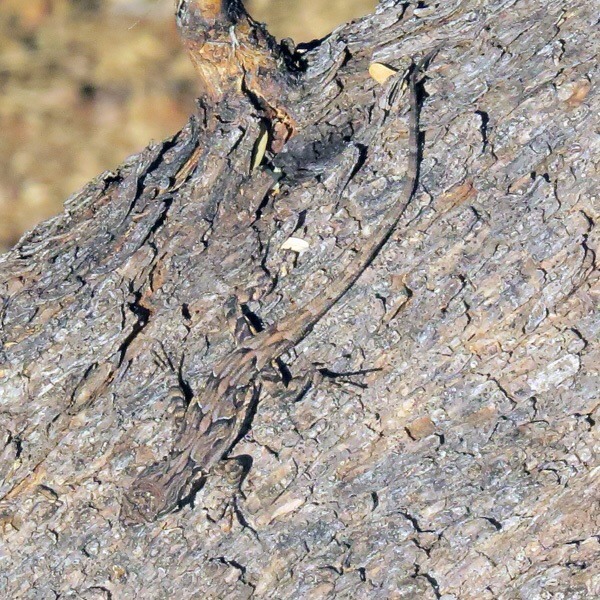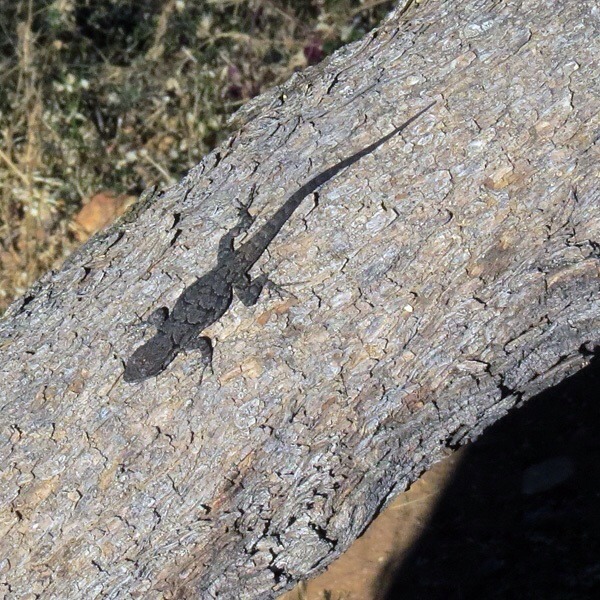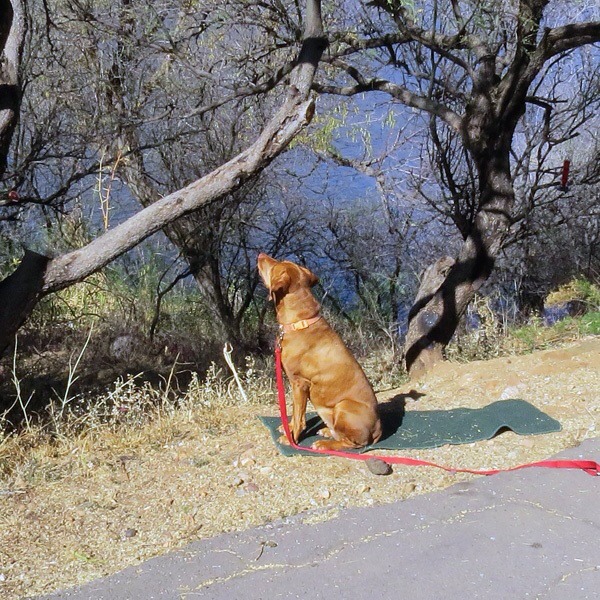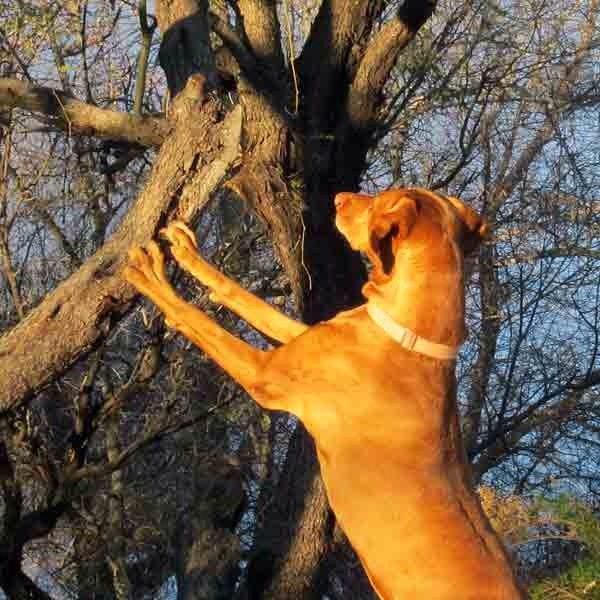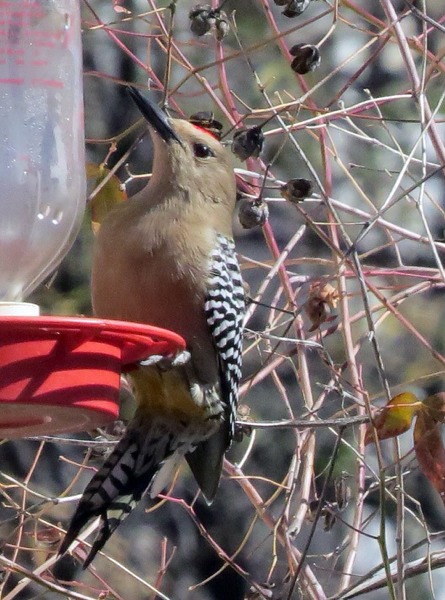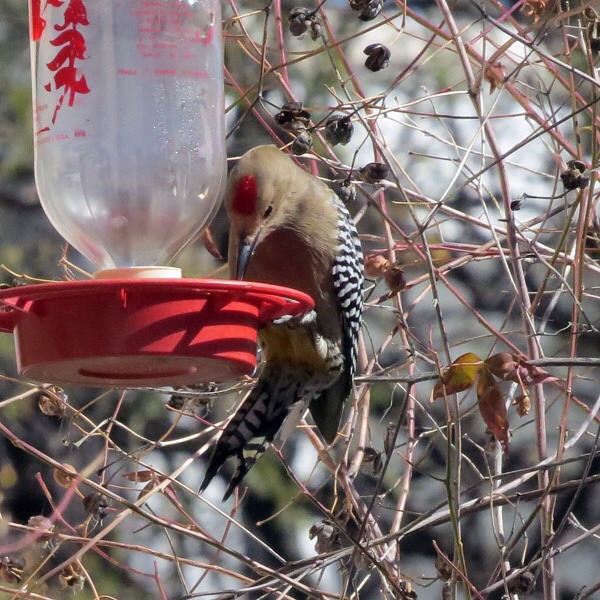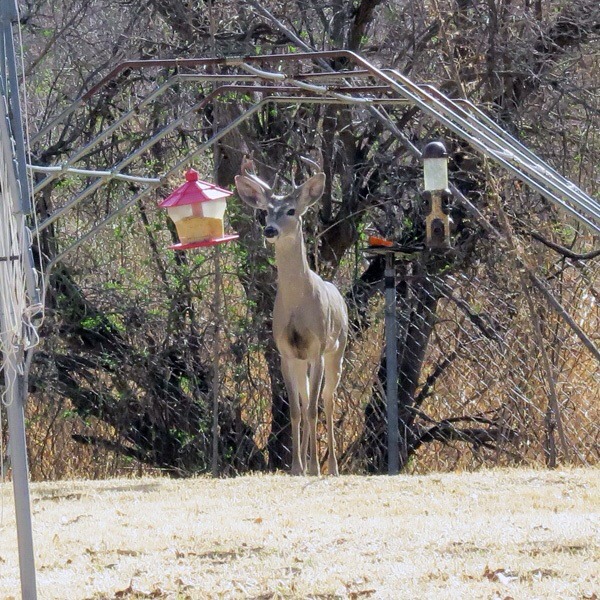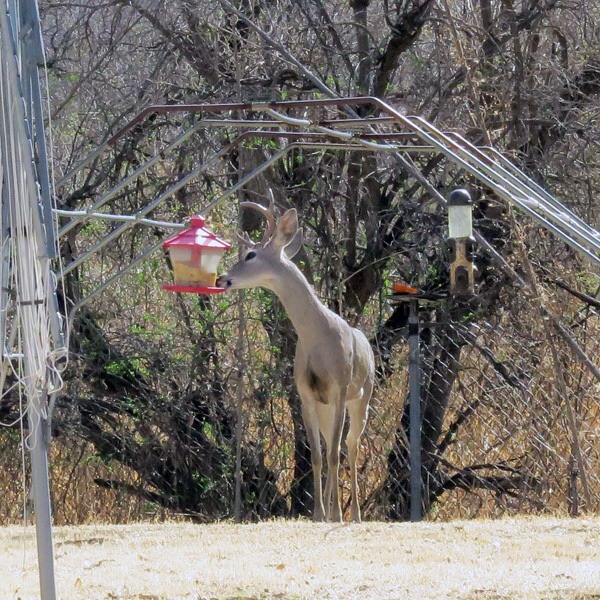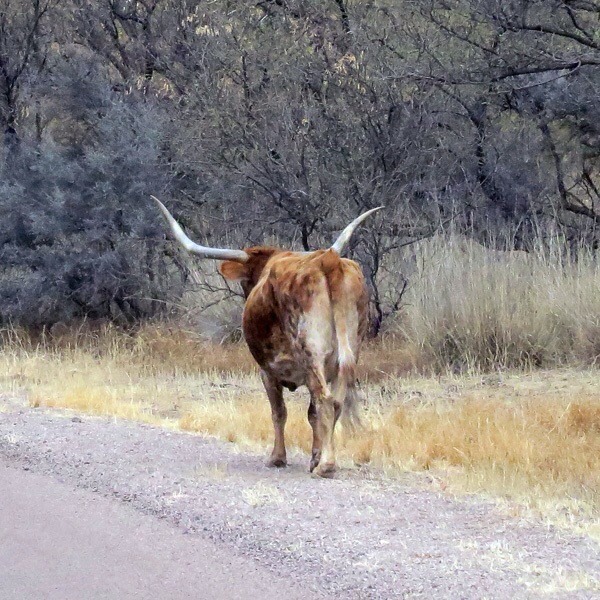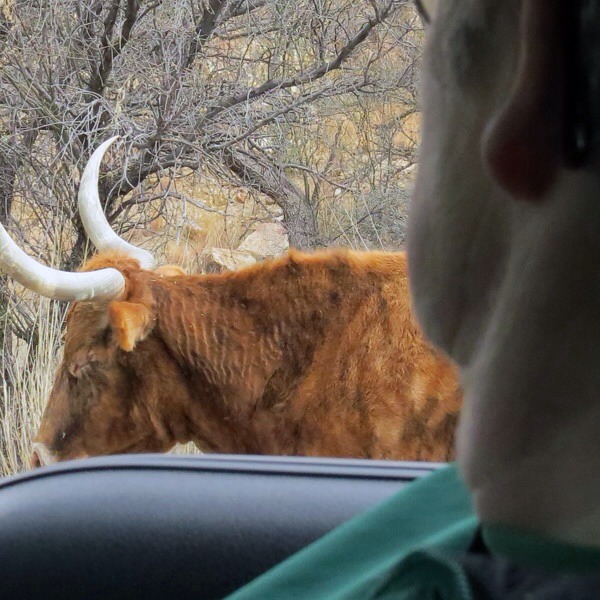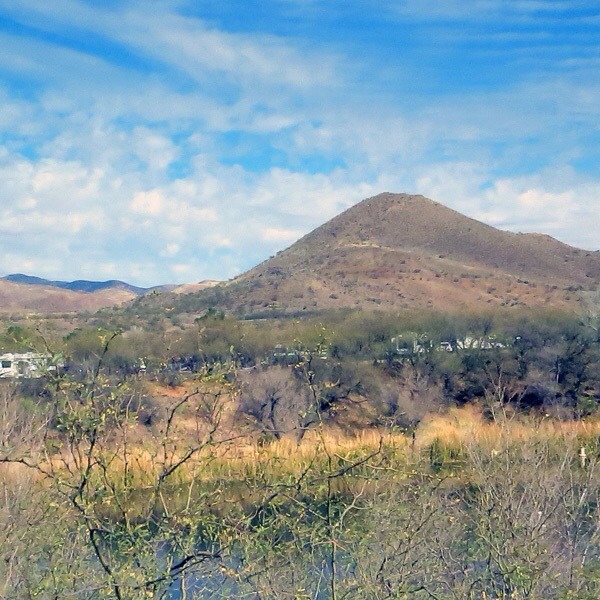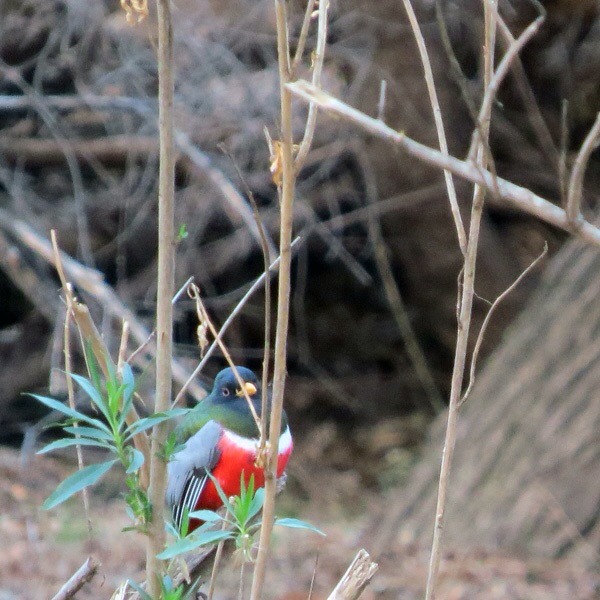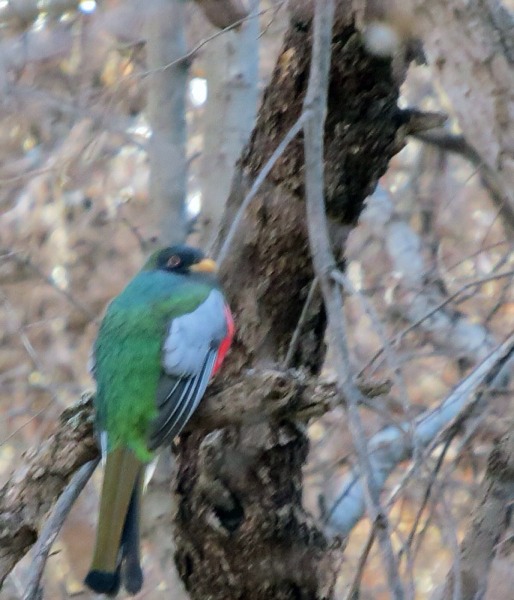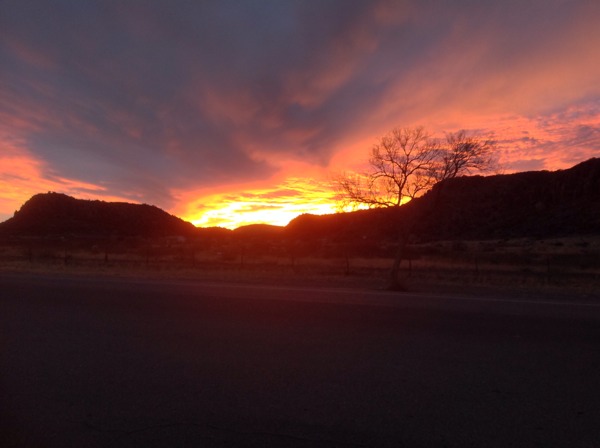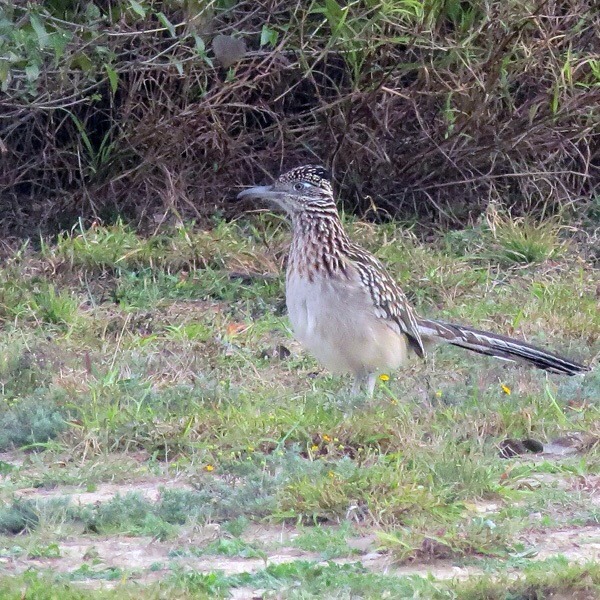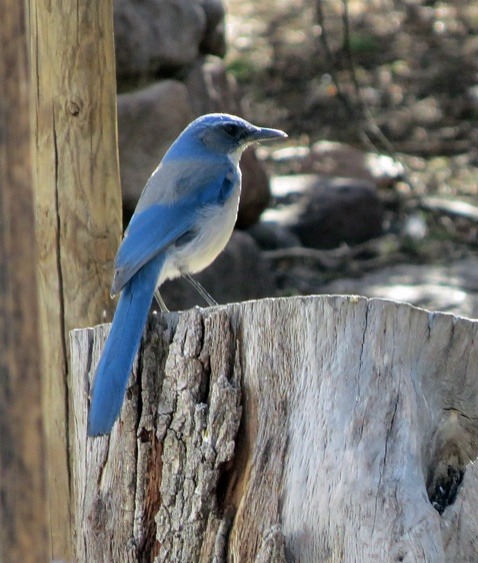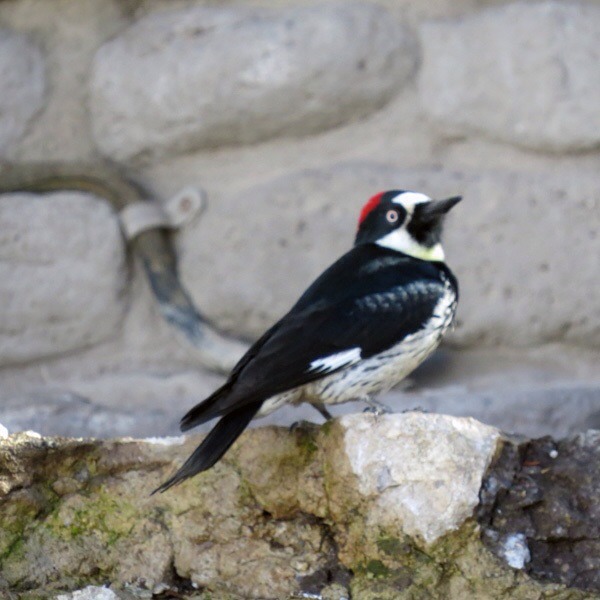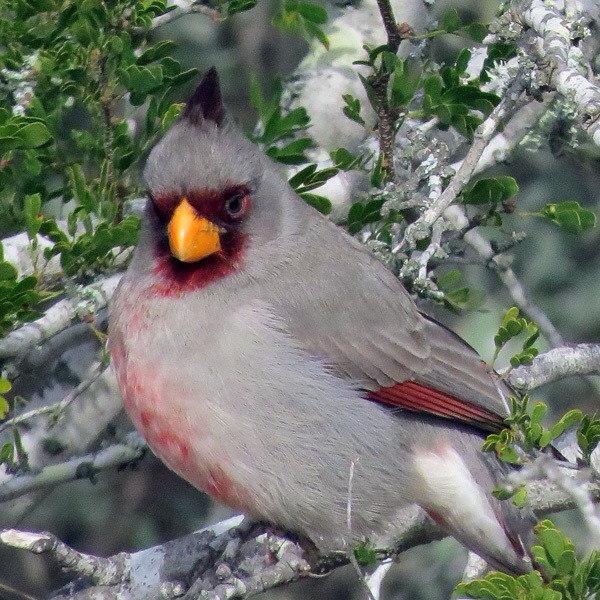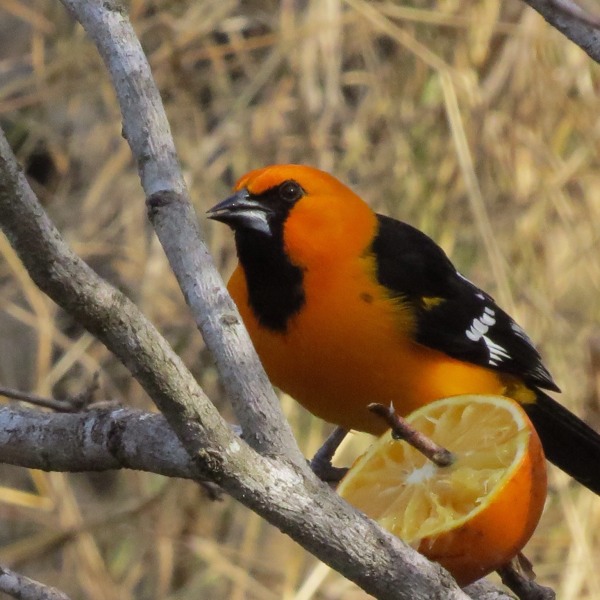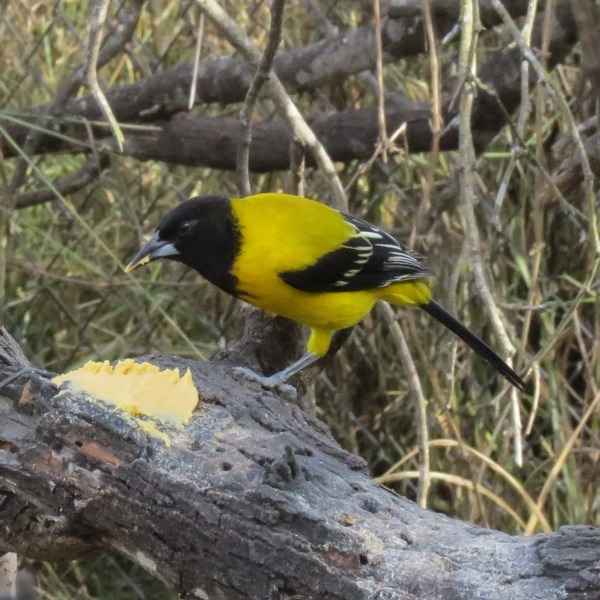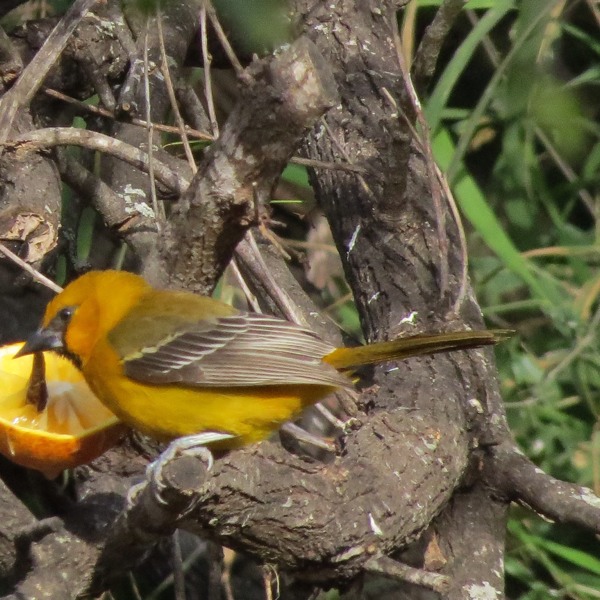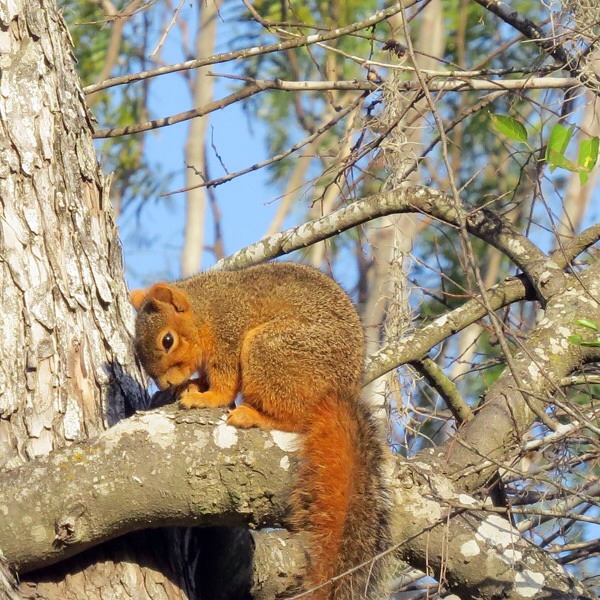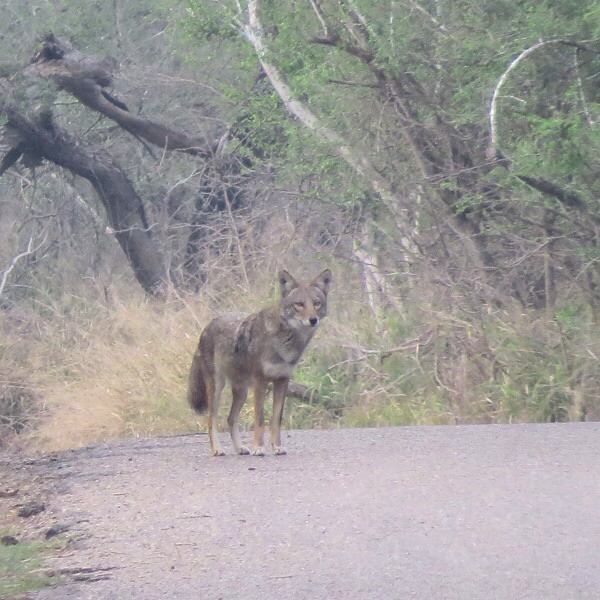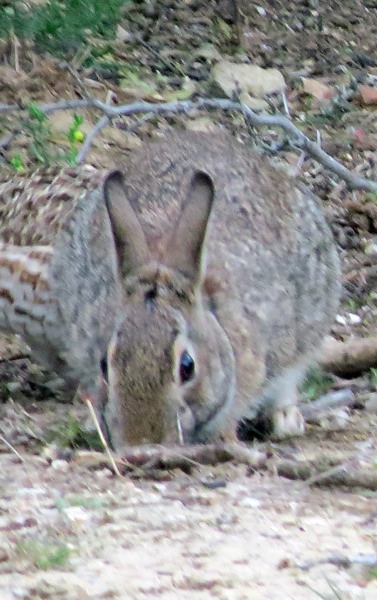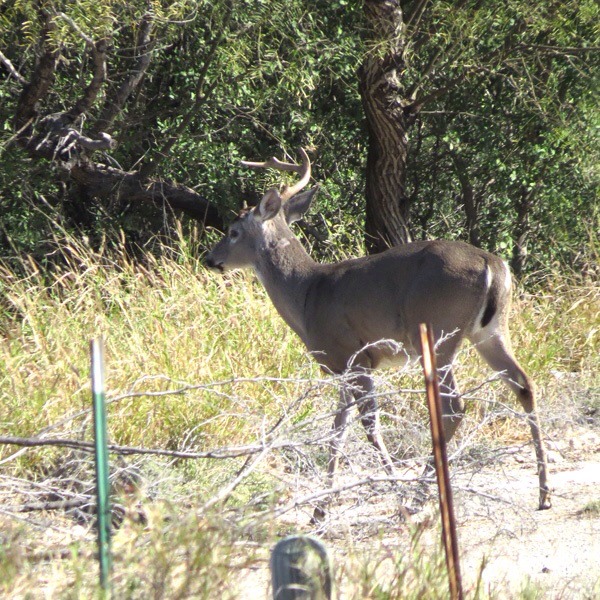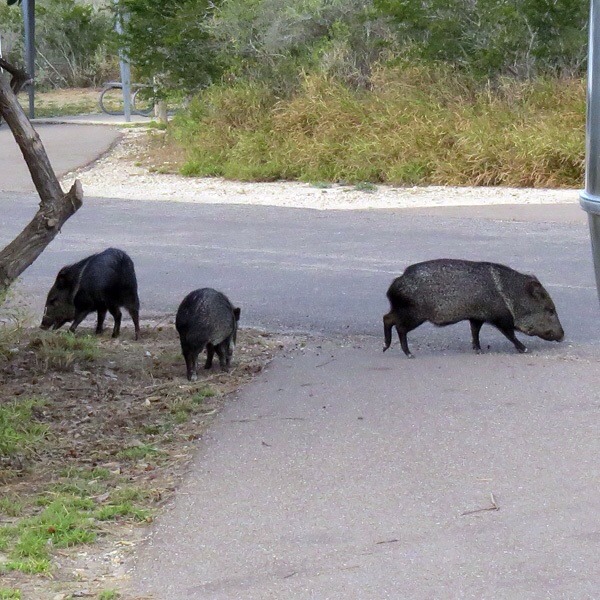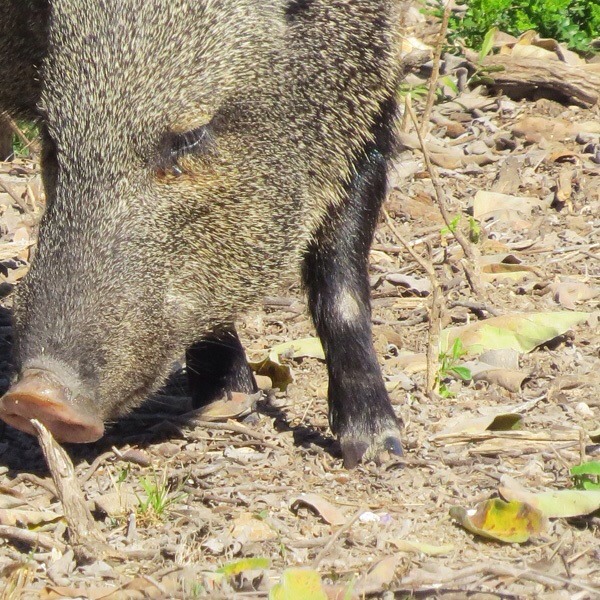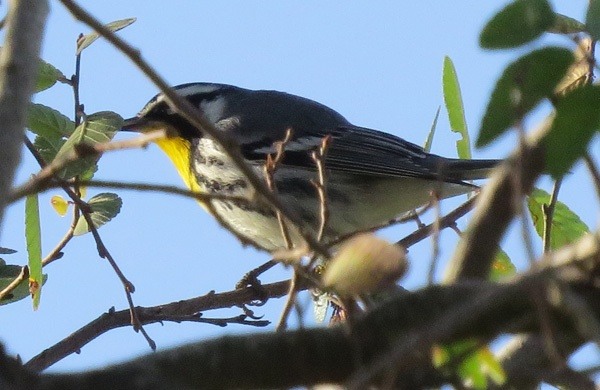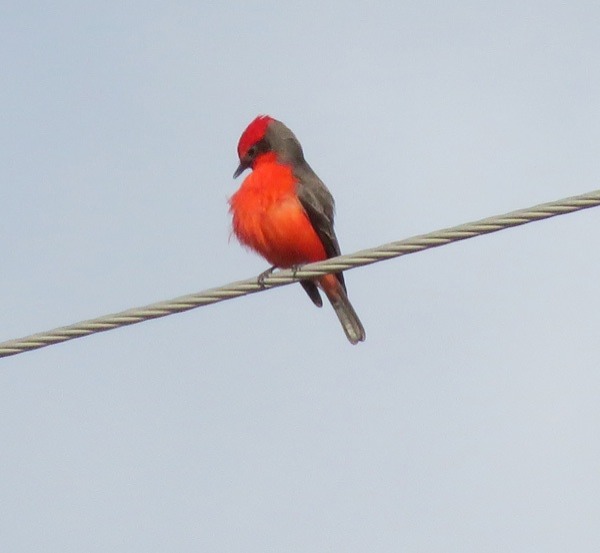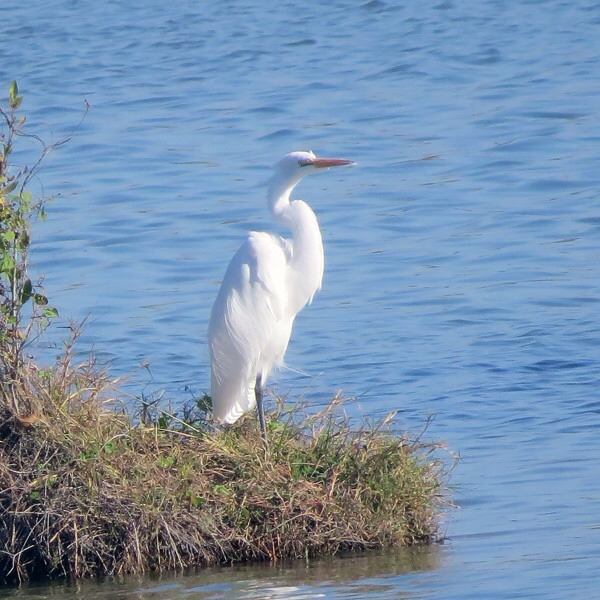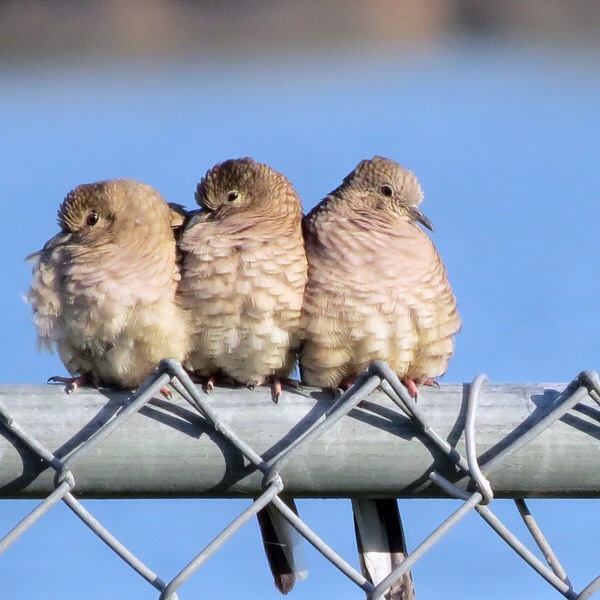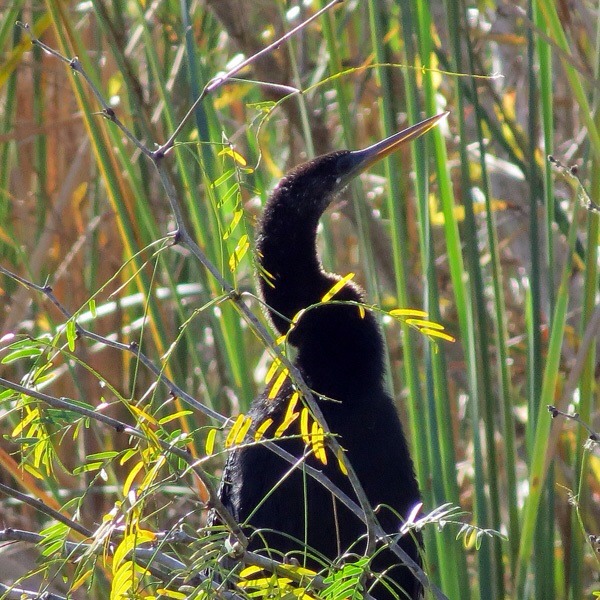Traveling along the Rio Grande Valley, you soon get used to the ubiquitous Green & White Border Patrol vehicles – SUV’s galore, helicopters, boats, balloons, and probably drones and other less visible systems.
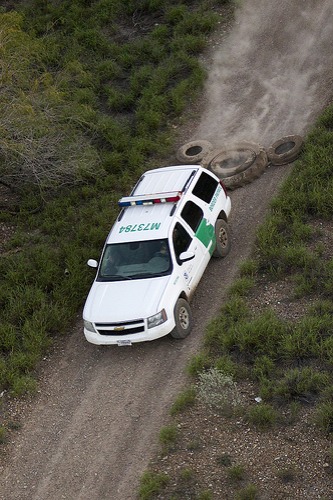
The first time down here, it took us a bit to wonder about all the dirt roads along fence lines, until we saw tires being dragged (like in this shot by CBP Photography) to freshen up the dirt to show any fresh tracks later on. [As a taxpayer, I do wonder how many Federal employees across the country are being paid to drag tires mile after mile every day.]
The other item that spooked us when we first saw them a few years back are the tethered balloons that just hang there, like big brother watching, likely filled with infra-red and other camera gear. It’s just a constant, sort of creepy reminder, that we are close to the border. Here’s one we saw just west of Mission.
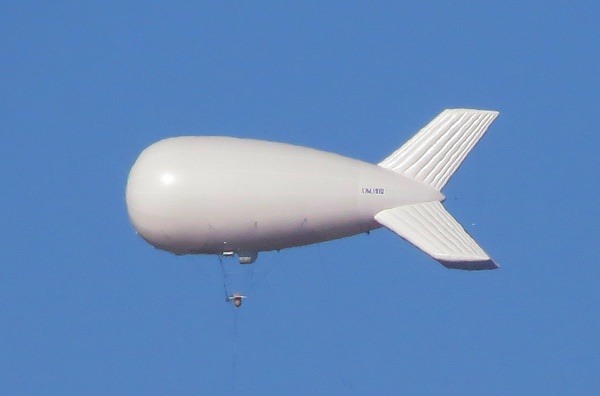
The state park where we are staying, Falcon Lake, has a reputation for being a trouble spot. A guy was shot on the lake by Mexican drug guys a few years ago and even two nights ago, there was gunfire, including automatic weapons, on the Mexican side. We never heard it but I think Penny did. The border runs right down the center of the lake and this side is fine. No one in their right mind drives into Mexico these days. Here are a couple of warning signs here in the park.
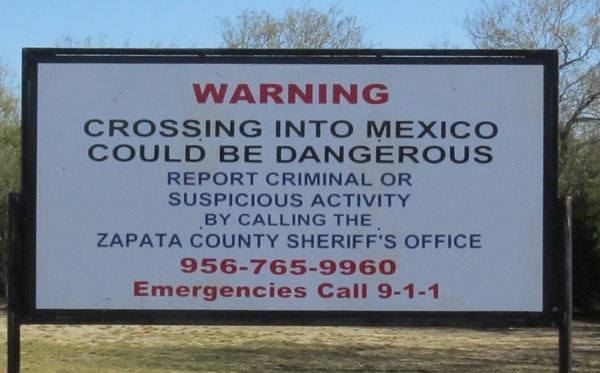

Seeing the list of agencies on this second sign reminded me of an incident the last time we were here. I was hooking up the Airstream when a Fish & Game truck pulled up and this young lithe guy with wrap-around sunglasses asked whether we were heading back to Vermont. I learned that he had attended and taught at Norwich University and we talked hockey and Vermont and then I noticed the assault rifle in his truck.
When I remarked about his firepower (he had a Klock pistol on the hip) he opened his truck doors to show me dozens of clips of ammo and all sorts of armor and weaponry. I said, "You aren’t after guys with short trout, are you?" He told me that all his work is drug stuff – that they worked with Texas Rangers, DEA, Border Patrol etc and that they had the fastest boats on the lake. His background was 20 years in Special Forces. Nice guy – glad he’s on our side.
Last week, we were quietly birding in the county park when a flotilla of ATV’s showed up – they were Border Patrol guys either training or just cruising. I deciding pointing a camera at them was not smart so I grabbed this shot from CBP Photography
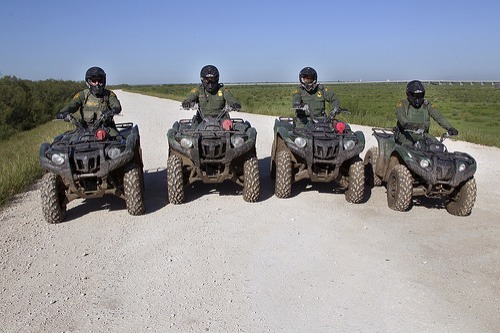
Later, I did (standing behind a tree) shoot this photo of Border Patrol guys cruising up the river. There were three and they didn’t help the birding.
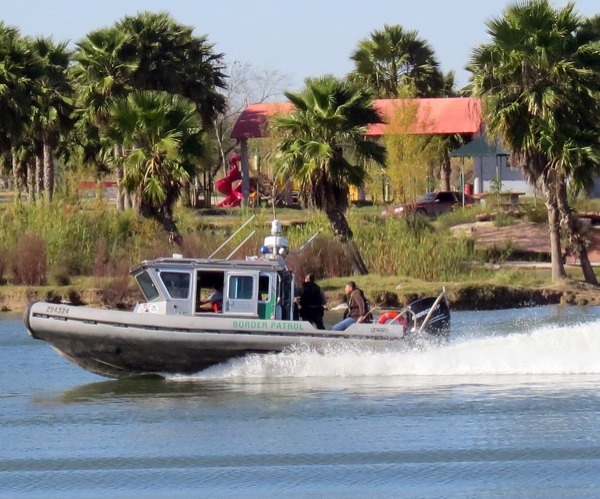
Border security is a complex subject and an extremely costly proposal. So many Winter Texans remember the days, not long ago, when you could just cross into Mexico for a little dinner or shopping.
But we get constant reminders, from the Green & White patrols to the reports of gunfire five miles away, that our country’s insatiable demand for drugs makes those days a distant memory. Fortunately, the birds still cross back and forth with impunity. Gracias!
